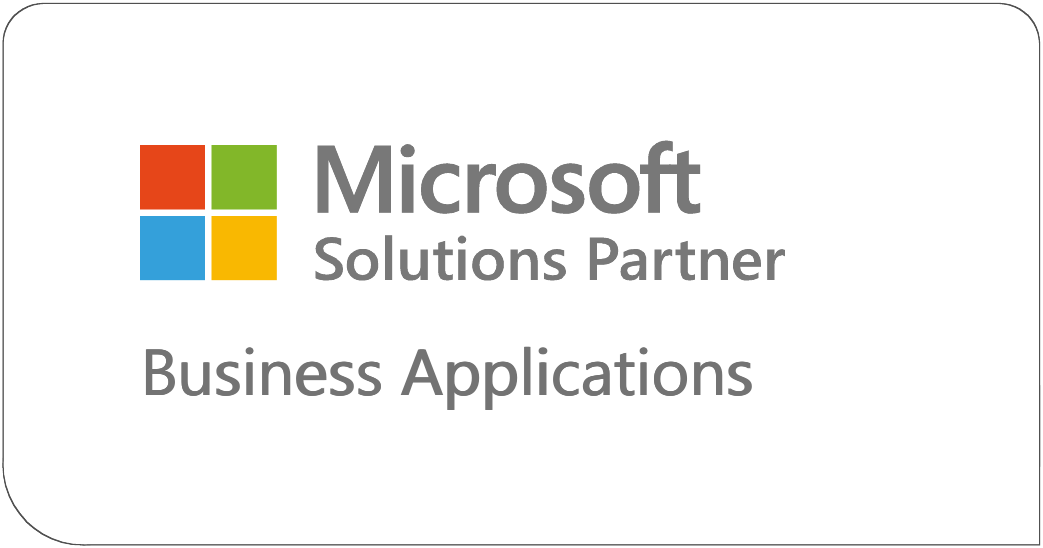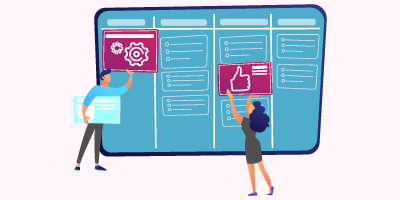With Microsoft Dynamics GP set to reach end of support in 2029, many businesses are debating if they should stay on GP or migrate to the cloud. While your Dynamics GP system might continue to function after 2029, there are many risks of delaying migration. For many businesses, especially those in regulated industries, running an unsupported system is not simply a technical challenge – it’s also a tax compliance and security liability.
In this blog post, we go over the compliance risks of staying on Dynamics GP post the December 2029 end-of-support deadline.
what does Dynamics GP end-of-support really mean?
Once Dynamics GP support ends in December 2029, Microsoft will stop providing product enhancements, tax updates, and technical support. Security updates/patches, if needed, will be made available until April 30, 2031.
Many users ask if they can continue to run Dynamics GP after 2029. The answer is yes – your system may still work in the short term. But if you need a bug fix—or a security vulnerability pops up—you’ll be on your own.
For many businesses, Dynamics GP also plays a key role in managing tax filings and regulatory reporting. Once support ends, GP will no longer:
- Reflect updated IRS rules, tax codes, or payroll tax rates
- Generate compatible reports for electronic filing systems
- Support secure audit trails or documentation required during a tax audit
Maybe none of this sounds like a big deal today. But fast-forward a few years, and suddenly you might find yourself dealing with auditors asking why your business is using unpatched software or facing penalties from the IRS for incorrect filings.
compliance risks of staying on Dynamics GP after end of support in 2029
Tax compliance risks
Once Dynamics GP reaches end of support in 2029, Microsoft will no longer release year-end updates in December. These updates are essential because they introduce changes to ACA reporting, form 1095-C, W-2, and more, to align Dynamics GP’s U.S. payroll module with filing requirements. Without these year-end updates, your Dynamics GP system may not reflect current IRS rules, tax codes, or required reporting formats—leading to inaccurate filings, rejected submissions, or penalties.
Further, as your Dynamics GP system gets outdated, it might become incompatible with modern e-filing systems. This can lead to filing errors if you have to rely on manual data entry, or delays in filing if your system generates reports in the incorrect format.
Security compliance risks
Without security patches for your Dynamics GP system, your business risks falling out of compliance with regulatory standards like PCI-DSS, NIST, GLBA, ISO-27001, and HIPAA.
These data privacy laws, standards, and regulations require that applicable businesses implement reasonable policies and procedures to safeguard confidential customer data or personally identifiable information (PII). Running unsupported software makes it challenging to demonstrate that appropriate measures are in place to protect sensitive data.
Since unsupported software does not receive vendor-backed security patches for known vulnerabilities, they are a prime target for cyberattacks like ransomware, data theft, and more. If your business uses outdated software like Dynamics GP and your confidential customer or patient data is exposed in a breach, regulators will likely cite this as a negligence. This can open the door to fines, penalties, and reputational damage.
Cyber insurance risks
Cyber insurance providers will assess your business’ overall risk profile, including factors like the type of data you handle, your industry, and your security practices. An unsupported ERP system would likely be considered a higher risk factor, potentially leading to increased premiums or limitations in coverage.
don’t wait until 2029, start planning with a Dynamics GP migration assessment
Dynamics GP may feel like it’s still doing the job—but after 2029, it will create tax compliance and security challenges. So, now is the time to start exploring your options and planning your Dynamics GP migration.
We are offering a Dynamics GP Migration Assessment to help you understand where you stand today, what risks you’re facing, and what your options are for a smooth, secure transition to Dynamics 365 products like Business Central. Plus, we can help you take advantage of the Bridge to the Cloud 2 promotion before it expires. This will give you 40% off per user for up to 3 years when migrating to a Dynamics 365 product. Contact us today to get started!

have questions about Dynamics GP to Business Central migration? join our webinar on June 3rd at 11:00 AM ET
During the webinar, our Director of Software Solutions, David Laster – a Microsoft MVP with over 25+ years of experience in Dynamics GP – will offer a unique introduction to Business Central, directly comparing the features Dynamics GP users love to similar functionality in Business Central.
Join us to see what comes after GP, what Business Central offers, and how to tackle the migration without disrupting your business. If you’ve got questions about timelines, costs, or how it all works—this is the place to get answers. Learn more about the webinar here.
Related articles
Dynamics GP to Business Central Migration: Key Insights from our Webinar
In case you missed our webinar on Dynamics GP to Business Central migration, here are 5 expert insights from our ERP specialist, David Laster!
Preparing for a Dynamics 365 Implementation in 2025? Consider These Best Practices.
To prepare for a Dynamics 365 implementation in 2025, consider these best practices to ensure a smooth transition to the cloud-based ERP.
Introducing Dynamics GP 18.7: Top 6 New Features
Dynamics GP 18.7 has been released. Here is a look at GraVoc’s top 6 favorite new features of this latest update.




